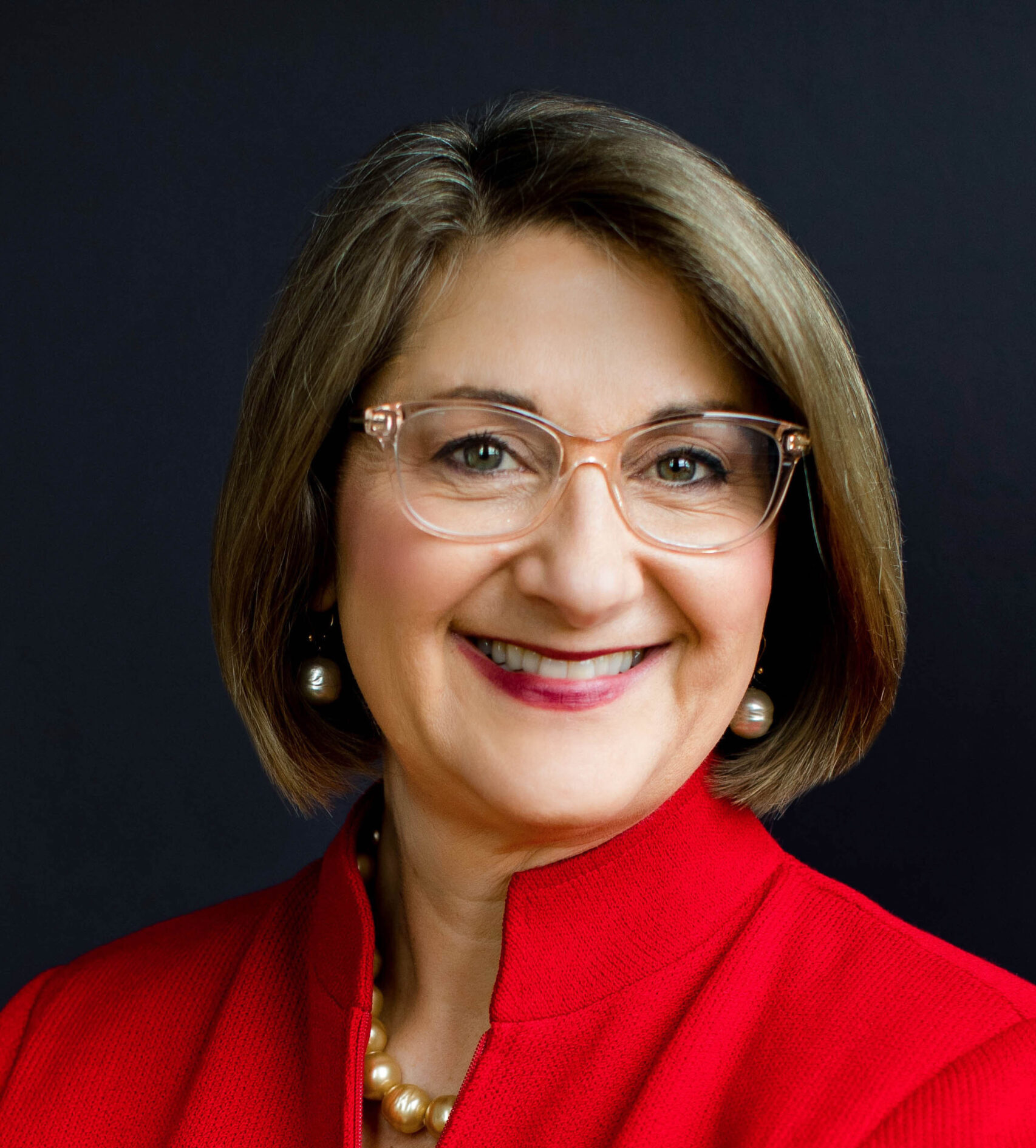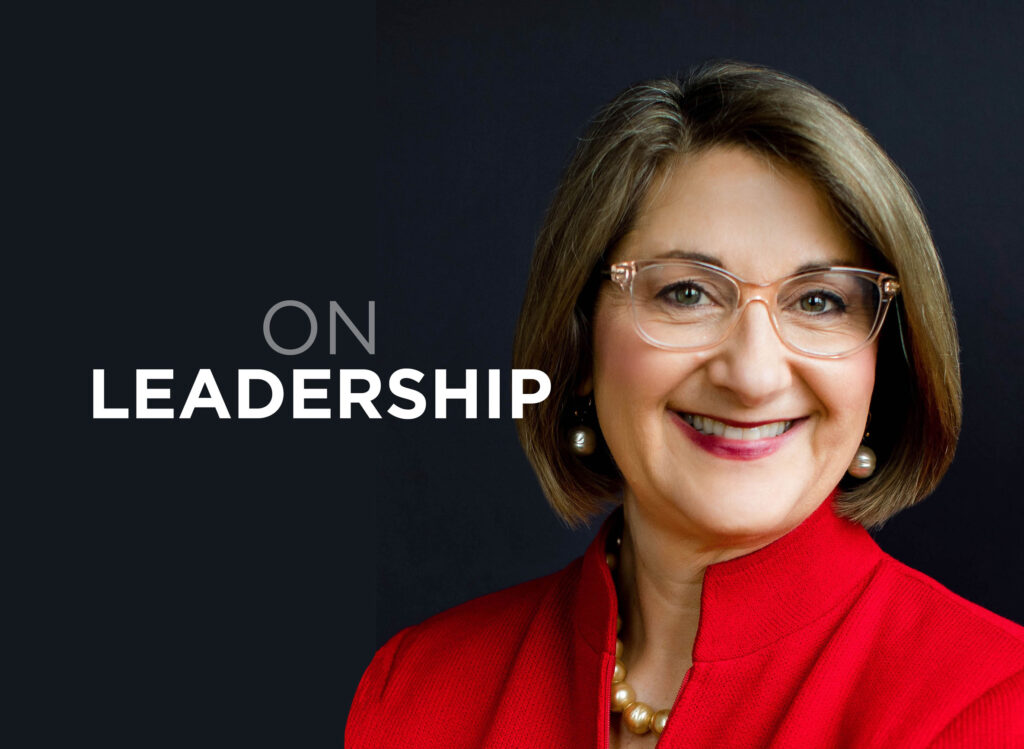On Leadership: The leader as chief wellness officer

For years I worked at companies where leaders and employees alike were expected to get the job done at all costs. Pushing yourself to extremes was valued and rewarded as a sign of dedication and loyalty. I bought into that construct until one day when I realized I could not be an effective leader – or live a rewarding life – if I was not prioritizing my own health. I made a conscious choice to care for myself and to influence healthier cultures at the organizations I led.
Creating a culture of workplace wellness is not always easy, especially when you are faced with change and disruption. But today, paying attention to employee wellbeing is an imperative for recruitment, retention and productivity.
The current workforce crisis has made it clear there is a steep price to pay when employees are absent or unwell, feel unsupported or leave. Increasingly, leaders and board directors are recognizing the connection between employee wellness and the bottom line.
Burnout and the bottom line. “Each year, burnout costs the global economy an estimated $322 billion in lost productivity,” says a recent McKinsey’s LeadingOff newsletter. That article references a 2021 McKinsey study that showed since the start of the COVID-19 pandemic, nearly 50 percent of employees have said that they’ve experienced symptoms of burnout.
Similarly, an article called “What leaders should focus on in 2022,” on Gallup’s website references their 2021 study that showed burnout among managers in particular is growing worse, with leaders reporting more stress, anxiety and depression than the individuals they manage.
Leaders as chief wellness officers. With continued economic disruption and global uncertainty showing no signs of slowing down, workplace cultures that support wellness have never been more important. Team members look to their leaders for direction and guidance, and setting an example of wellness is no exception. Leaders must assume the role of chief wellness officer, investing not only in creating and fostering cultures that support wellness, but also taking care of themselves in order to lead effectively.
With this in mind, I asked local leaders: “What is the role of leaders today in supporting employee wellness, especially given the disruption of the pandemic and changes in the workplace?
Bridget Cravens-Neely, CEO, Big Brothers Big Sisters of Central Iowa: I believe today’s leaders have a responsibility to understand the true value of the people they lead. If the pandemic has taught us anything it is the vulnerability of the human body and mind. It is our duty to ensure we provide resources to our teams to ensure their health is a priority. “People before profit” must be more than a mantra. It must be a consistent and visible practice. When we are working in our passion and purpose, our mind, body, and spirit have a much better chance of being in healthy alignment.
Dr. Richard L. Deming, medical director of MercyOne Cancer Center and founder, Above + Beyond Cancer: As a physician, I believe that wellness is more than just the absence of disease. I believe wellness is akin to what Aristotle called “Eudaimonia,” or human flourishing. This concept includes many dimensions of a human’s life including the physical, emotional, psychosocial, philosophical and spiritual. As a physician who believes in holistic care, I think it is important to address all those areas of need in my patients. And as a leader in the health care industry, I am also concerned about the holistic wellness of my colleagues and our employees.
Jami Haberl, executive director, Iowa Healthiest State Initiative: As leaders we must show empathy and recognize that all employees, regardless of the size of your organization, are at different stages in their life. The past few years have highlighted that well-being is much more than our physical health. Leaders need to look beyond physical well-being and recognize the role that mental, social and financial well-being play in the ability of employees to feel their best. It’s important to remember that humans aren’t machines that can be fixed with a tool, but instead, we require empathetic, inclusive and supportive environments to live our best lives.
Dan Keough, chairman and CEO, shareholder, Holmes Murphy: The pandemic gave us an opportunity to rethink and recreate the unique experience our teams feel through our culture and environment. As leaders and role models, we believe our goal is to support our employees’ individual well-being needs by creating a thriving, human culture to support personal growth, innovation and highly connected teams. We do this by tending to the underlying mindset – our culture – of the people who lead and guide our employees and teams as they support our clients.
Leaders share 5 ways to create a culture of wellness
- Lead by example. “We can’t expect others to walk the walk if we aren’t doing it as the leader,” says Haberl, who says she’s visited a number of workplaces where she can immediately tell that the promise of health and well-being are just words, without the backing of action and modeling by leaders. Haberl points out that leaders don’t have to be perfect, but can be vulnerable and work toward progress. Deming echoes these words, saying, “First and foremost, one must practice what he or she preaches.”
- Make the investment. “Well-being has never been more important,” says Keough, pointing out that investing in health and creating a culture of wellness is good business. He says, “Having the right resources at the right time for every generation in our workforce is imperative to the long-term success of our employees and the clients they care for.”
- Listen and empower leadership. In order to embed wellness in the workplace, Cravens-Neely advises leaders to “listen to your team and let them lead the way.” She points out that at Big Brothers Big Sisters of Central Iowa, they have a Fun Committee and an Employee Events Committee that focus on wellness activities and team engagement events, from challenges like getting in steps, drinking plenty of water, or healthy eating, to organizing activities that foster strong connections and comradery.
- Align strengths. Cravens-Neely encourages leaders to align their team’s work with their natural strengths and talents. “We recently started reading StrengthsFinder 2.0,” she says, adding, “I am hoping this activity will elevate the bond among our team where we know each other’s strengths, will align our individual strengths to our work, and amplify our passion and purpose through our work.”
- Contemplate and spread joy. Deming seeks to help his team truly flourish on all levels. “How can I help each person find deep-seated joy?” he asks, acknowledging that first it has been necessary for him to spend time contemplating what true joy looks and feels like. “For me, I know that engaging in challenging activities, spending time in nature, appreciating beauty and serving others are essential components of a joyful life,” says Deming, pointing out that being part of a team working together in a shared endeavor brings joy. Deming notes, “By seeking joy in my own life and spreading joy to my colleagues and to my patients, I am able to help embed a culture of joy.”

Suzanna de Baca
Suzanna de Baca is a columnist for Business Record, CEO of Story Board Advisors and former CEO of BPC. Story Board Advisors provides strategic guidance and coaching for CEOs, boards of directors and family businesses. You can reach Suzanna at sdebaca@storyboardadvisors.com and follow her writing on leadership at: https://suzannadebacacoach.substack.com.







